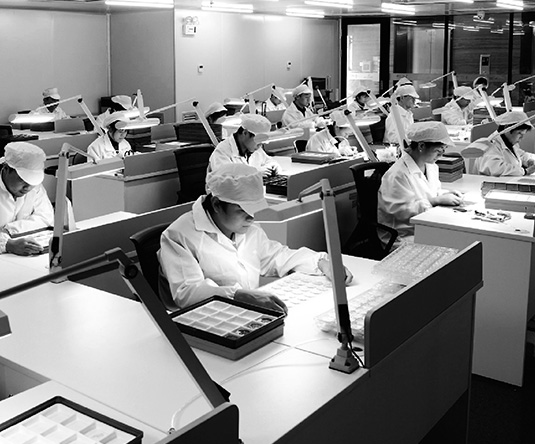Automatic Self-Winding Mechanical Watch
A fully wound automatic self-winding mechanical watch can generally run continuously for 36–42 hours. If worn for more than 8 hours a day, the daily arm movements will replenish energy to the movement, keeping the watch running continuously. If the watch is left unused for a day or daily activity is minimal (resulting in insufficient energy replenishment), it is recommended to wind the crown manually 10–20 turns to replenish energy.
Manual Winding Mechanical Watch
The movement should be fully wound by manually turning the crown 10–20 turns every day, ensuring the mainspring has continuous energy to maintain accurate timekeeping. A fully wound watch can generally run continuously for 36–45 hours. Manual winding mechanical watches do not have an automatic winding mechanism; when winding, apply even force. When the crown stops rotating, the mainspring is fully wound—do not forcefully rotate the crown, as this may break the mainspring.
Seconds Stopping
Mechanical watches are categorized into seconds-stopping watches and non-seconds-stopping watches. For seconds-stopping watches, pulling the crown out to the time-setting position will stop the hands, which helps reduce energy consumption of the mainspring; non-seconds-stopping movements do not have this function.
Notes
- Do not adjust the date or time between 9 PM and 3 AM, as this may damage the movement components.
- When adjusting the time, pay attention to distinguishing between AM and PM to avoid the date changing at 12 AM (midnight).
